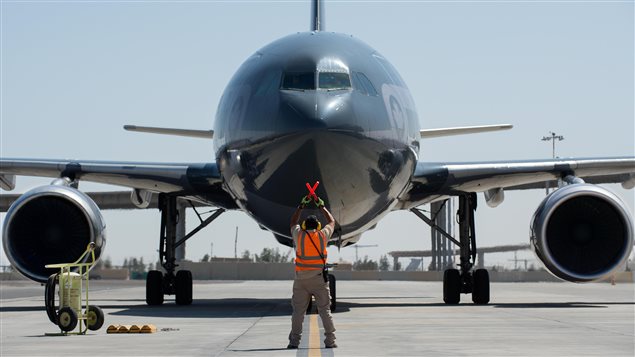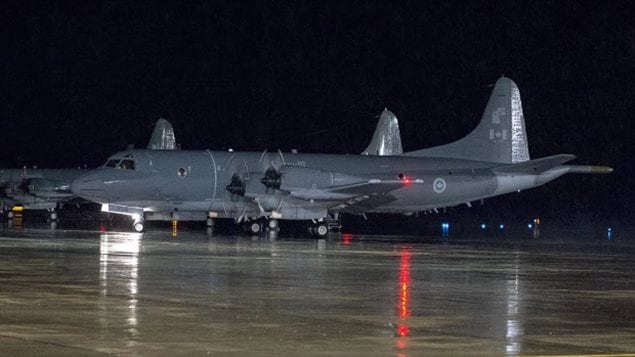Under Canada’s previous Conservative government, six CF-18 fighter jets had joined the US-led coalition bombing mission in 2014 against the terrorists in Iraq and Syria.
In February of this year, a few months after being elected, the federal Liberal government announced it was withdrawing its jets and ending the combat mission.
However, Canadian planes continue to contribute to the combat mission, but in other ways.

A Polaris air-to-air refueling craft continues to supply other fighter jets and two Aurora surveillance planes are supplying photos and data to the Allies for combat missions. There are also three Canadian helicopters ferrying troops and equipment with a fourth soon to be added.
Quoted by the Canadian Press, Brig.-Gen. Shane Brennan, commander of Canada’s Joint Task Force-Iraq, adds that the number of Canadian intelligence officers assigned to the anti-terrorist effort has grown to 50.
Although the Auroras are 30 years old and are used primarily for anti-submarine platforms, a number of technological upgrades including a variety of electro-optical and infrared sensors have made them a very useful tool in the middle east.
The Defence Department says the Polaris has flown almost 550 missions delivering thousands of tons of fuel over the last two years, while the surveillance planes have also flown almost 600 missions over Daesh territory.
A Canadian field hospital is soon to be deployed as well.
additional information-sources







For reasons beyond our control, and for an undetermined period of time, our comment section is now closed. However, our social networks remain open to your contributions.